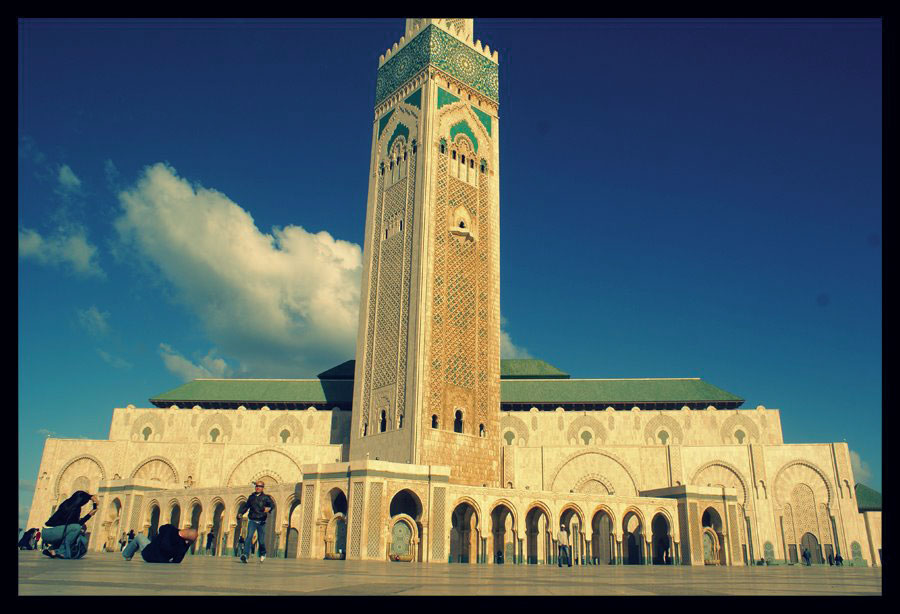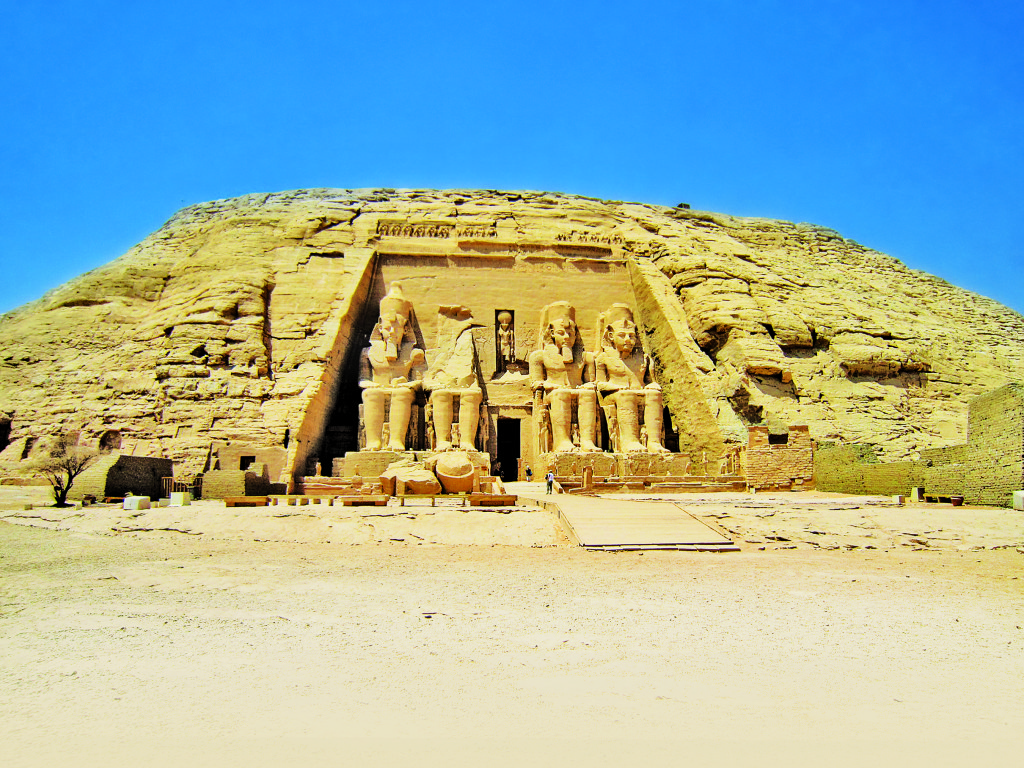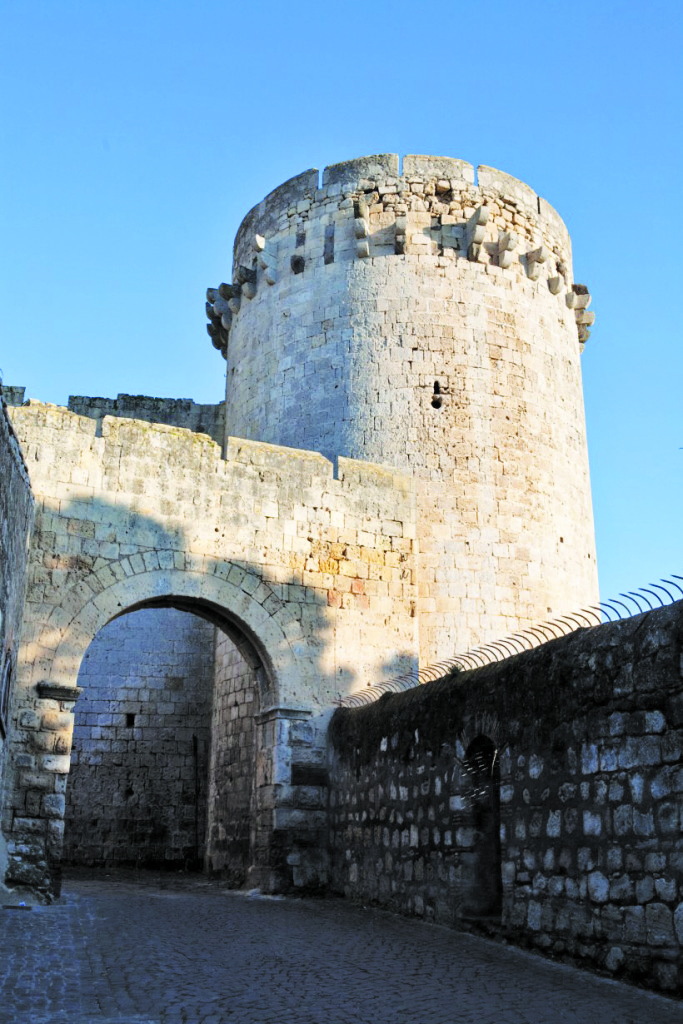Intensely captivating series Game of Thrones is popular for so many reasons : its near perfect casting, quotable lines, epic battle scenes, awesomely chaotic story lines, magical creatures and sprawling scenery that serves as a backdrop to all the show’s most memorable moments. And while there’s no plane that can fly you straight into the seven kingdoms, there are real life alternatives that you may want to to try for size — places so beautiful, Khaleesi herself might want to conquer them next.
The Holy Land a.k.a. Meereen
The ancient charms of Meereen exuded by monuments that seem to be as old as the world itself are reflected perfectly in the sights of places in the Holy Land.
From a boat ride along Israel’s Sea of Galilee when you head over to Capernaum where you see ruins, synagogues and the house of the first Apostle Peter to the River Jordan where Jesus was baptized by John the Baptist before reaching the Dead Sea for a dip in the buoyant waters, visitors will truly feel like a minuscule part in the grander scheme of things.
Walk along Via Dolorosa to see all the Stations of the Cross ending at the Church of the Holy Sepulcher, The Room of the Last Supper and the Western Hall (also known as the Wailing Wall) in Jerusalem visit to the garden of Gethsemane (the Agony in the Garden) and climb the mountains where the famous Dead Sea Scrolls were found to complete the experience. And of course, what else can rival Meereen’s pyramids than Egypt herself (which, you can line up as a side trip)! – (By MARTIN SARMENTA)

(Mary’s house in the Basilica of the Annunciation)
(The ever famous Egyptian Sphinx)
Bonus sights to see:Â
Jordan a.k.a. Braavos
A trip to Jerash reveals the most beautifully-preserved Greco-Roman city still in existence. Follow the Kings Highway to visit Shobak, a 12th century crusader fortress, and Mount Nebo where Moses saw the Promised Land. Visit Amman for a city tour of the huge Roman Amphitheatre and the Citadel Hill. Passage to this lost city is limited to a narrow gorge, the Siq, whose walls rise up 200 meters. As you emerge from the path, you see the magnificent Treasury. It’s carved out of solid rock and stands over 40 meters high. We soon found our way through the canyon to explore the Roman Amphitheatre and the ancient Royal tombs.
(Which characters do you see entering and exiting from this beautiful tower?)
Morocco a.k.a. Astapor
In Morocco, Food stall vendors literally stop you in your tracks, inviting you to come and taste their Japanese, Chinese, French and national cuisine. Hagglers and sellers go back and forth, arguing over purchases of such uniqueness and beauty (both locally-crafted and internationally-imitated). Another common sight is people congregating around different circles, in the centers of which are musicians, magicians, monkeys and snake charmers.
It’s busy, it assaults the senses, yet it remains to be regal and arrestingly beautiful even in its eternally restless state. It might as well be the center of the world with the mishmash of people, goods and experiences waiting for the bold traveler.
Spot a Moroccan symbol, the tangine — a serving clay pot that keeps the heat of the food inside through its cover with the help of a unique top. Once the lid is taken off (sometimes with a flourish, a few flips, shouts and gasps from the audience), steam and aroma emanate. Inside, you would find what appears to be steamed chicken, vegetables, couscous and more things.
Moroccan Mint tea, another national trademark, is also a testament to the tea-sipping cultures that Morocco has been exposed to, mostly thanks to China and Europe. (By MARTIN SARMENTA)
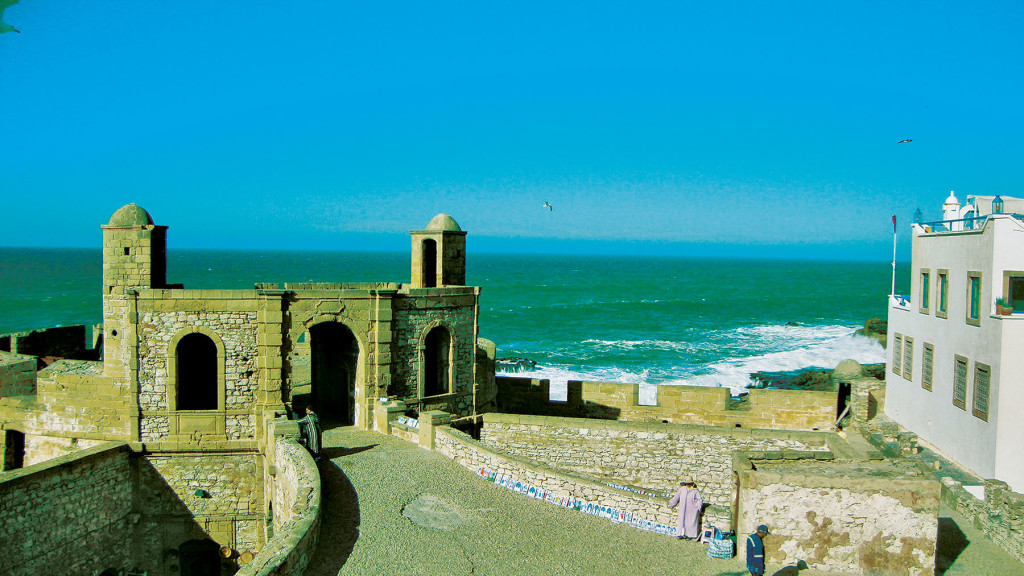
(A fort in Essaouira turned into a shopping center)
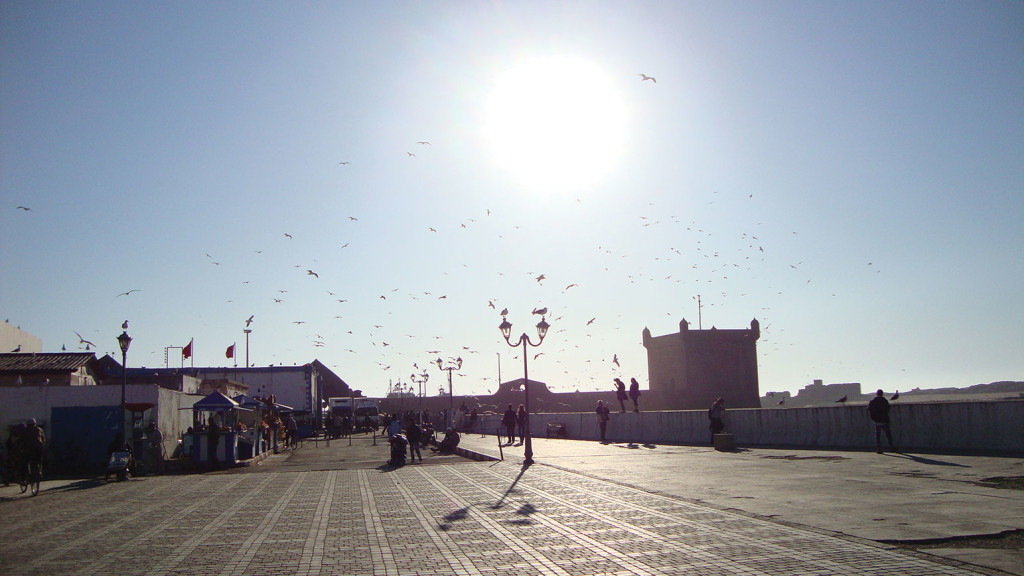
(A cloudless Essaouira)
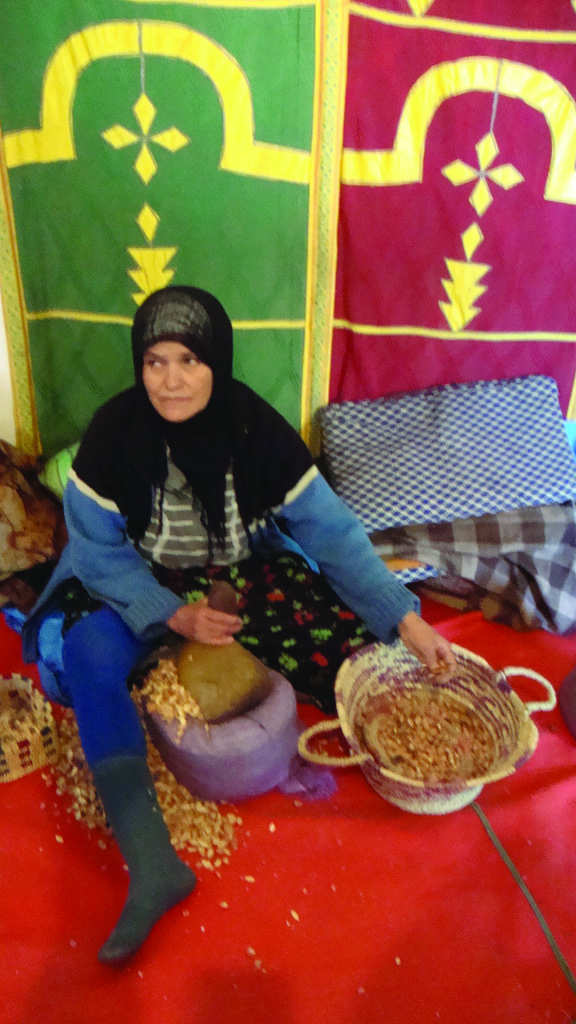
(A woman sells freshly ground spices at the Souk)
Tarquina, Italy a.k.a. DorneÂ
Tarquina is 90 km. northwest of Rome, the cradle of Etruscan civilization. They were the people who ruled Italy before the Romans did and built cities with stone walls and temples and dug canals and ditches for waterways. Tarquinia is famous for the necropolises, with the most famous painted tomb, “Hunt and Fishing.†Undeniably, Tarquinia is a Medieval town. Arab and Byzantine touches are in the Chiesa di San Giacomo (St. James Church at the end of Via S. Gicomo) and Santissima Annunziata (along Via M. Barbarigo).
Can you think of a better playground that doubled as training ground for the toughest trio of sisters in the series — the Sand Snakes — as they were growing up?
The National Museum of Tarquinia stands proud inside the architectural Renaissance masterpiece — Palazzo Vitelleschi built in the 15th century. There’s also the Church of Santa Maria di Castello (at the end of Via di Porta Castello and Biadella Fontana Nova), a Romanesque church and is the main attraction in the village center.
In lieu of bars, there are coffee shops that offer gelato on the side. The smell of coffee either for espresso or café lungo (equivalent to a venti) is enough to feed a caffeine frenzy and most definitely guide you from the next café to the other. (By MABEL GUIA ACOSTA | Photos courtesy of TOURISM TARQUINA and SHERRI WARD)
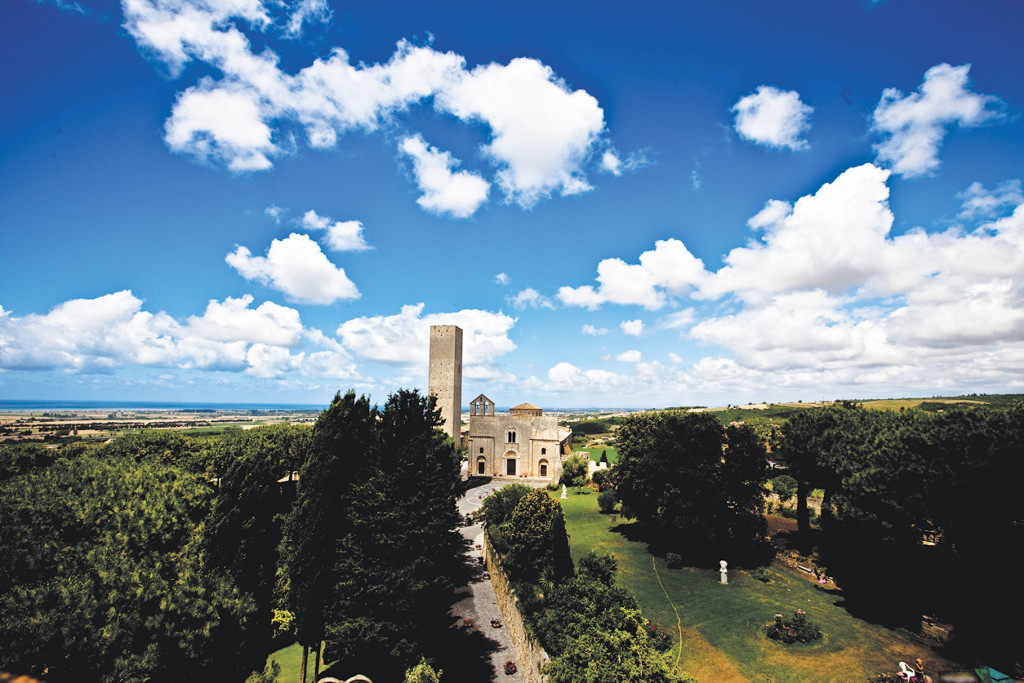
(A city view of Tarquina)
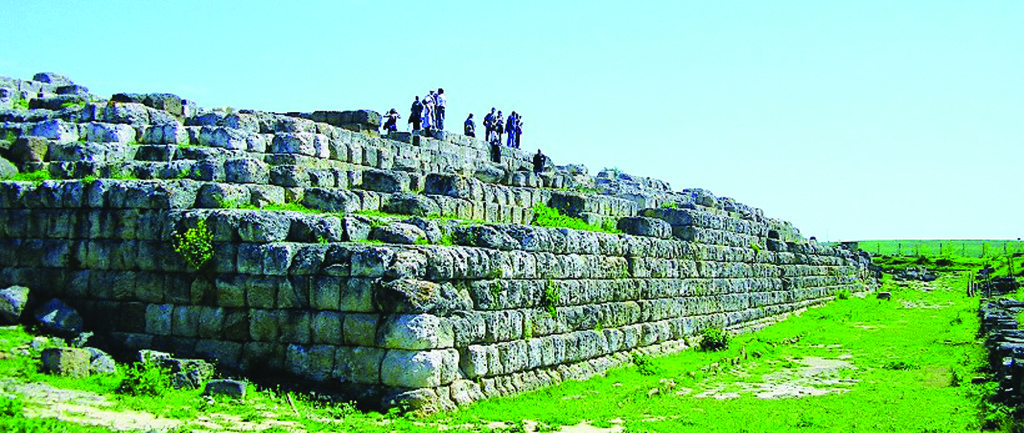
(Acropoli Etrusca)
(Torrione di Matilde di Canossa)
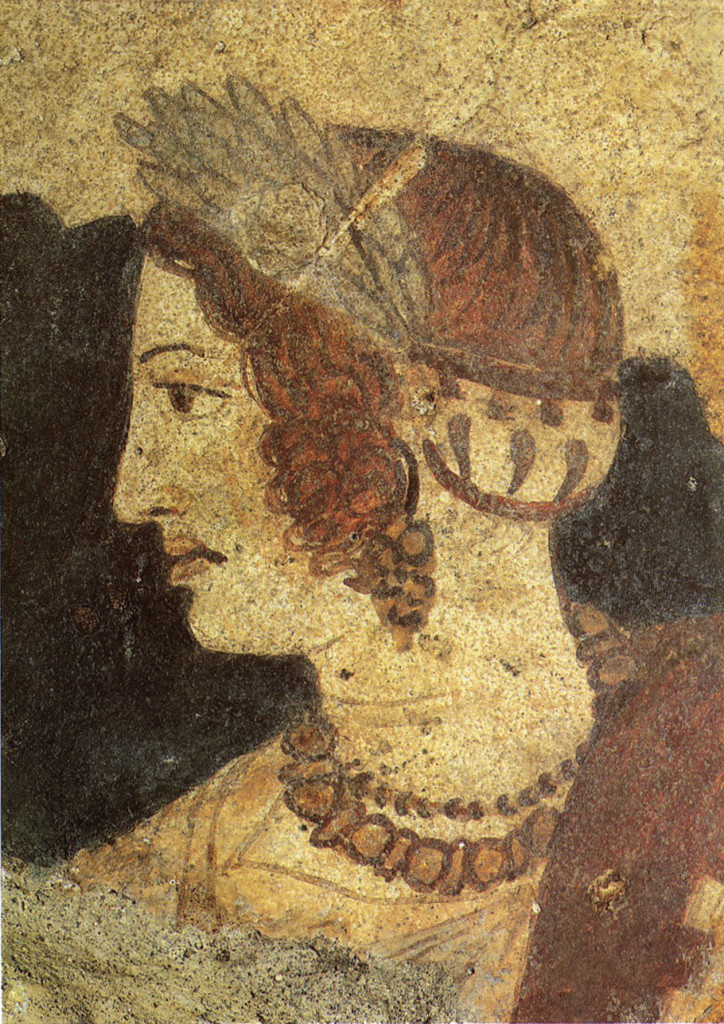
(A glimpse of the tomb paintings)
Botswana, Africa a.k.a. Dothraki camp and headquarters
In Botswana you are at the center of a world that has not altered much since life first began. Covering an area the size of Switzerland, the Okavango delta is packed with a dizzying array of flora and fauna and has the largest concentration of elephants in Africa is found in the Okavango delta that is also referred to as “the river that can’t find the sea.â€
With the country being mostly desert, the northern region juxtaposes the dry Kalahari Desert with the stunning wetlands of the world-famous Okavango delta and the diversity offered by the Linyanti and Chobe rivers. Glide through the labyrinthine maze of waterways dotted with lilies and as you row your traditional makoro dugout canoe, you revel in a world teeming with nature’s eclectic colors and myriad of sounds.
Botswana is a magnet for wildlife and connoisseurs in search of the untamed Africa — in the beauty of its raw, organic form; the sun rises in the horizon while the hippos and crocodiles swim past like domesticated pets.
With man, beast and wild all side by side, it’s easy to put yourself in the shoes of Khaleesi when she first found herself in the company of Khal Drogo and his people. (By CHRISTINE S. DAYRIT)
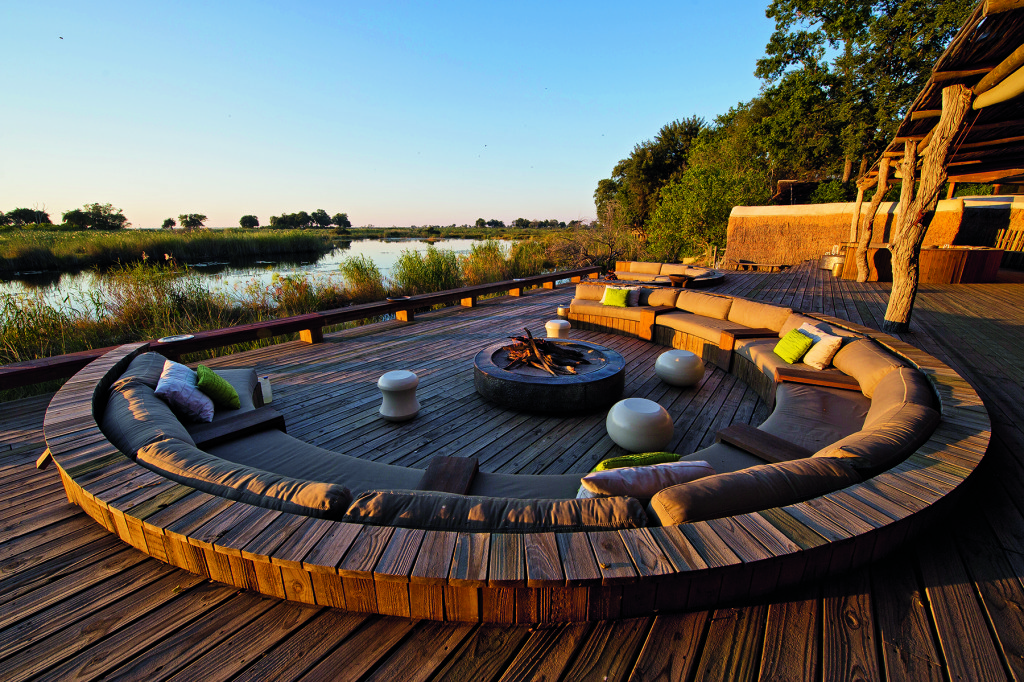
(A scenic balcony with a view of the African landscape)
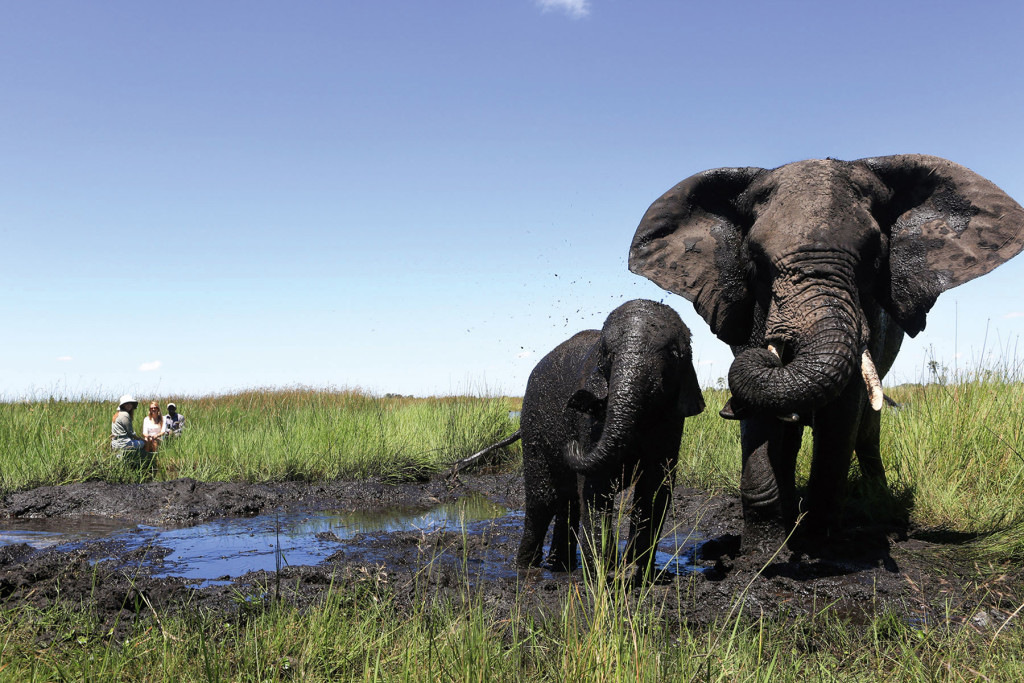
(African elephants playing in a puddle)
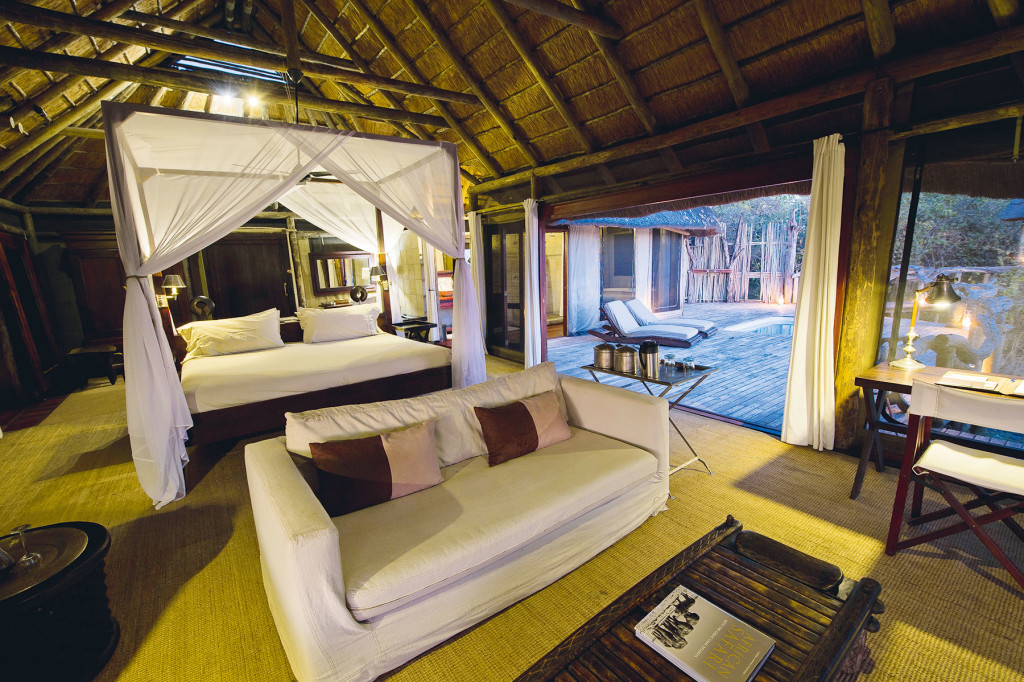
(A breezy bedroom with a lanai view of the African plains is fit for a Khaleesi)
Â
Istanbul, Turkey a.k.a. King’s Landing
This is Turkey — a fusion of East and West, ancient and modern, Islam and Christianity. Istanbul’s rich fabric has been enhanced by the distinct threads of many civilizations: Byzantine, Roman, Latin and Ottoman. The past is its backbone, the present its adornments and majestic buildings and the future its people who walk the streets and breathe life into the city. Much like King’s Landing in all its splendor, Istanbul holds many, many secrets and wonders waiting to be discovered.
Do not miss the monumental (literally) trio of the 6th-century Hagia Sofia that was, for 900 years, a Christian church, 500 years a mosque and now a museum for all. The 17th-century Blue Mosque is reputedly the third wonder of the Muslim world. It’s named this way because of the blue and white Iznik (a town outside Istanbul) tiles that blanket its interiors and has six minarets. While there, you may also visit the the hilly historic Sultanahmet district — a cornucopia of lamps, ceramics, carpets, scarves, leather goods and gems.
And then you have the 15th-century Grand Bazaar — the largest covered bazaar in the world with its 4,000 shops and 60 streets selling the best of Turkish and Mediterranean products — and the Spice Market, a sensory experience with sacks of pungent raw spices displayed in crates and shelves, tea leaves, caviar and blocks of cheese.
Bonus sites to see:
Cappadocia a.k.a. the Dothraki SeaÂ
This place is Turkey’s rock star. Various rock formations of shapes and sizes even the most playful sculptor may find hard to conjure, reminding Khal Drogo fans of the vast, rugged plains he must have ridden across on his mighty stallion. (The best way to appreciate the rock formations is to take a hot air balloon at the break of dawn).
Ephesus a.k.a. Yunkai and Pentos
Visit the old Roman Ruins of Ephesus, said to be the best preserved outside Rome and one of the world’s richest and most rewarding archaeological sites. This is the city where the city where the biblical “Letters to the Ephesians†were written.
Meryem Ana Evi, the simple stone house overlooking the Aegean Sea where the Virgin Mary is believed to have spent the last years of her life. Many Catholics believe that it was in Ephesus where the Assumption of Mary into heaven took place.
(By JOANNE RAE RAMIREZ)
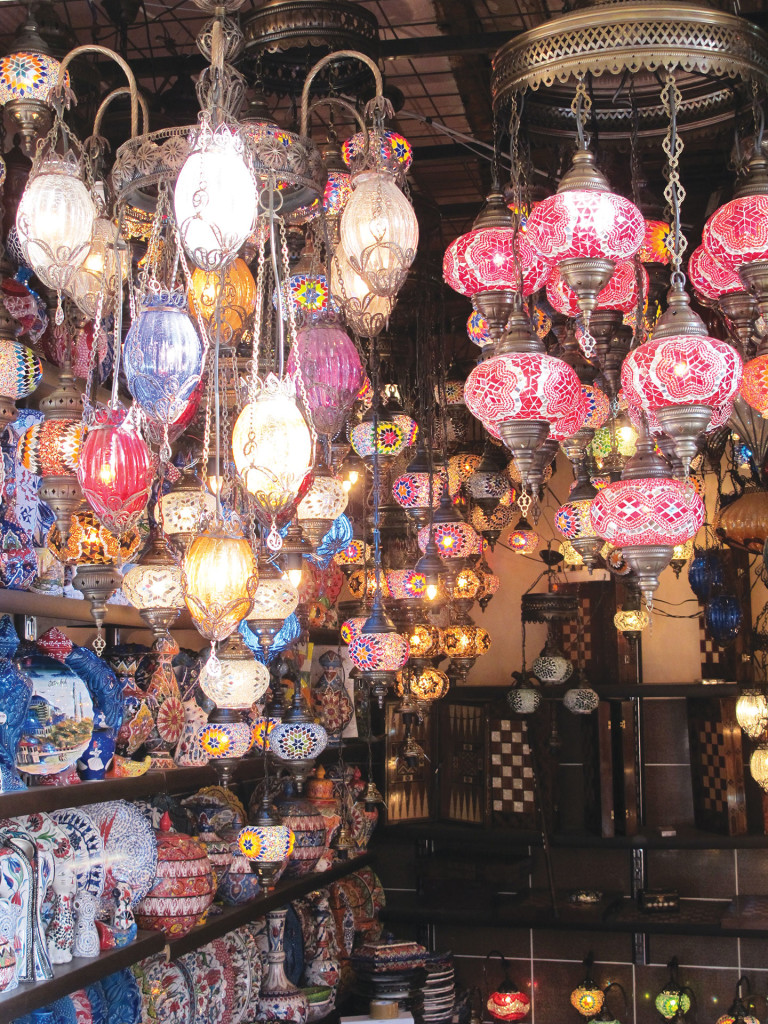
(Mosaic lamps at the grand bazaar)
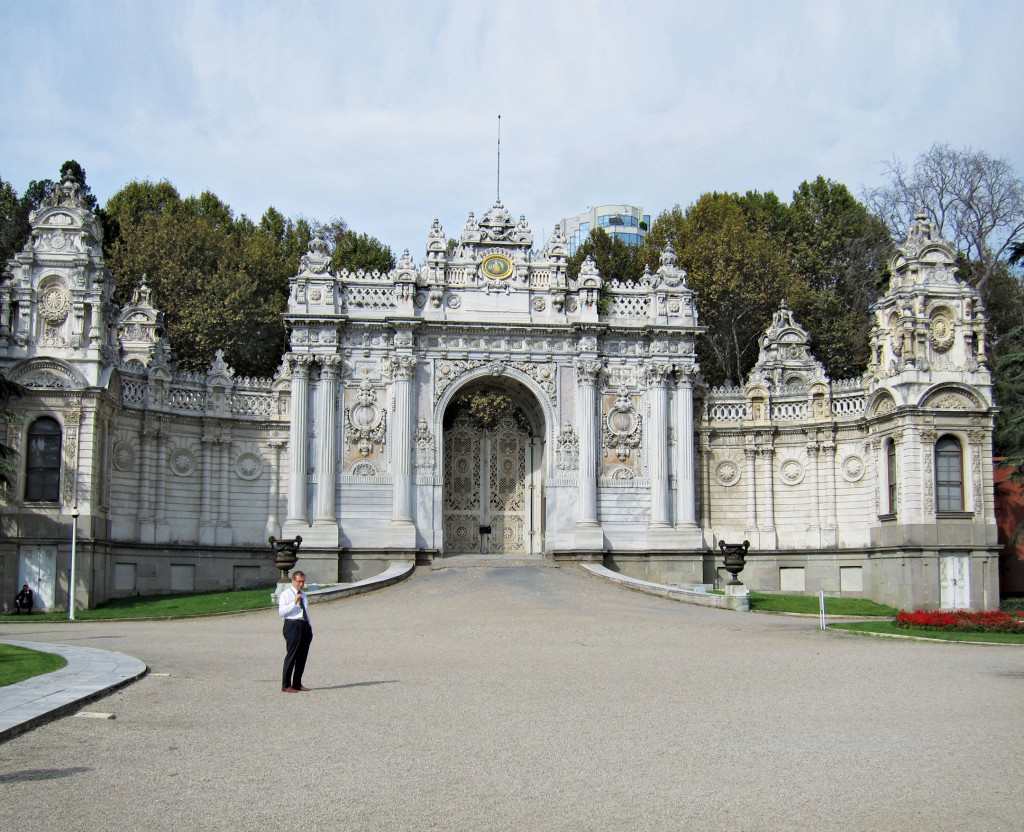
(One of the intricate gates of the Dolmabache Palace in Istanbul)
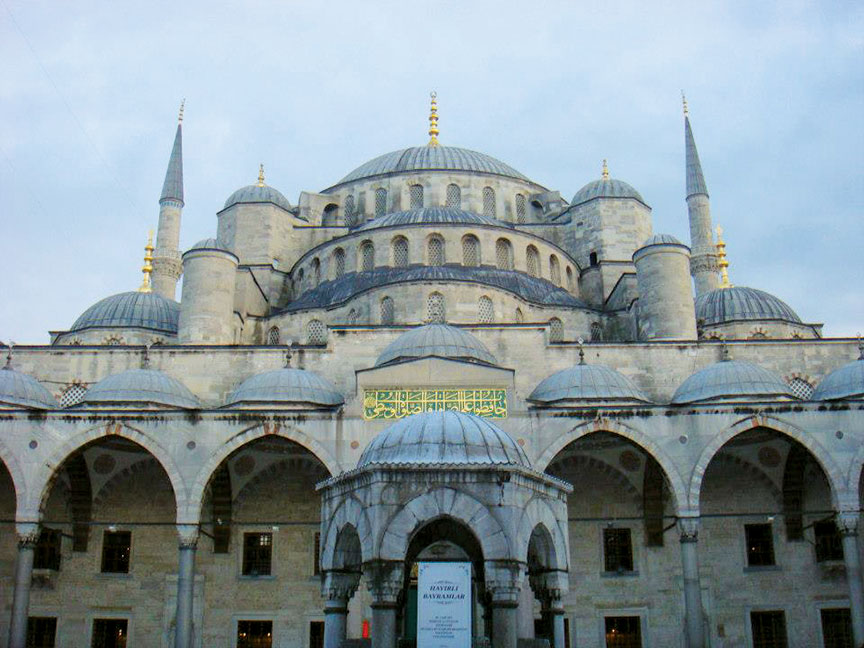
(The Blue Mosque)
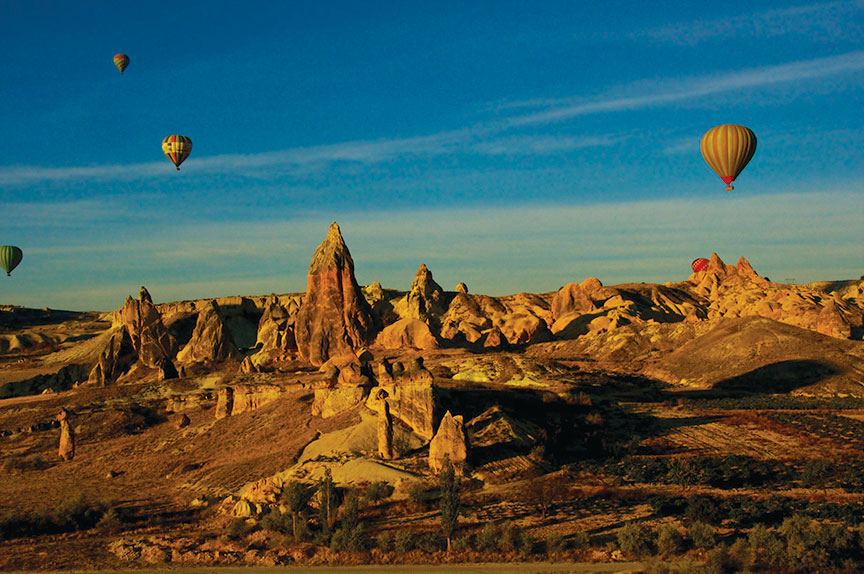
(A hot air balloon takes off amid clusters of rock spires and pinnacles in Cappadocia )

